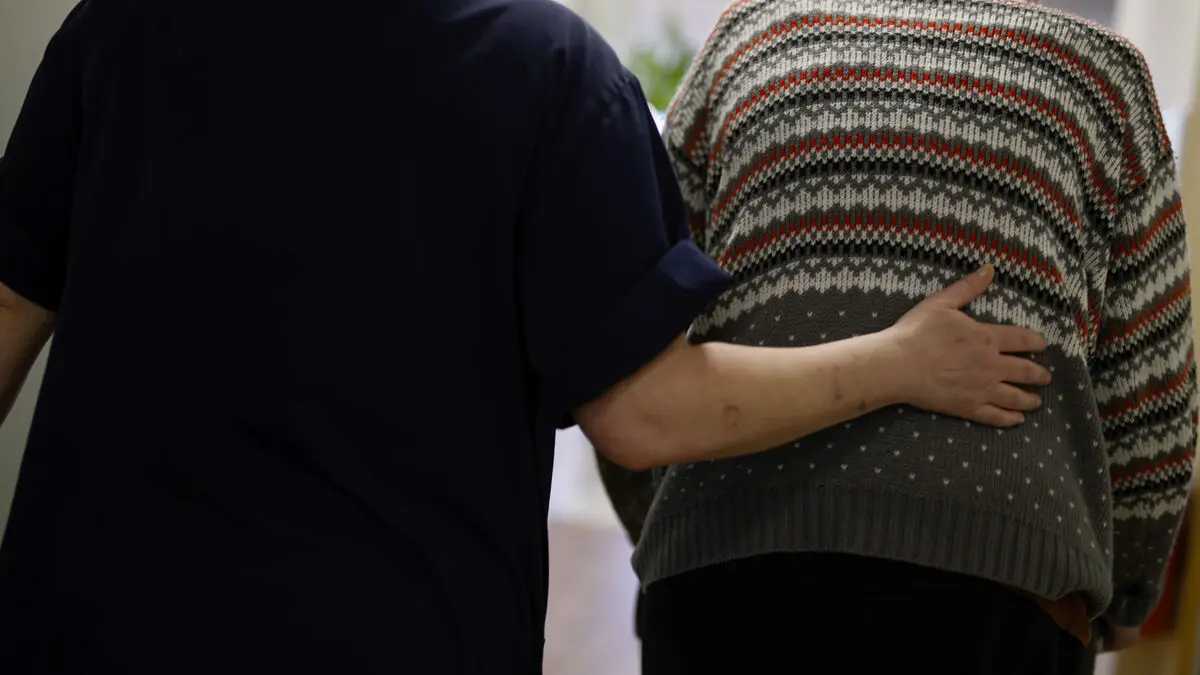Far-right parties are growing in several EU countries, while a Nordic left-wing wave emerges. Here is everything you need to know about the EU election.
1. They made gains among Swedish voters
S, M, MP, V, and L all made gains among Swedish voters. The largest was S, with 24.9 per cent of the votes and five seats. M retained its position as the second-largest party, and MP overtook SD to take third place. V saw the largest increase since the previous election. L also made gains and retained its single seat in parliament.
2. They lost ground among Swedish voters
SD lost ground in the election, for the first time so far. With 13.2 per cent of the votes, the party became the fourth-largest and retained its three seats. C and KD also lost ground and retained two and one seat in parliament, respectively.
3. Conservative EPP becomes largest party group
According to the European Parliament's forecasts, the Christian democratic conservative party group EPP will again become the largest party group. According to the latest forecast, EPP – which includes Swedish M and KD – will preliminarily receive 185 seats in the incoming parliament, nine more than previously.
4. Far-right parties are growing
Far-right parties are growing in Europe. The EU-sceptic conservative group ECR, which includes SD, will receive 72 seats, and Marine Le Pen's ID will receive 58. At the same time, there are a large number of far-right seats among the non-attached, and parties that have not yet announced which group they will sit with.
5. Majority for centre groups
The result gives a majority for the three centre groups in the European Parliament: the conservative EPP, the liberal RE, and the social democratic S&D, with 401 of the 720 seats. Among the conservatives, there has been a desire to cooperate more with the right, with ECR, but this is something that the liberal and social democratic groups have opposed.
6. Left-wing wave in the Nordic countries
Despite a strong right-wing wave in the EU, red and green parties are making gains in the Nordic member states. In Denmark, the governing parties are losing ground, while the Socialist People's Party (SF), which sits in the green group, will receive a new seat and become the largest party among Danish voters. In Finland, the liberal conservative National Coalition Party will become the largest, but the Left Alliance will see the largest increase, with two new seats. Even in Sweden, the red-green parties are making gains.
7. Who will get the top jobs?
Now, discussions are pending about who will get the top posts in Brussels: the Commission President, the Council President, and the Foreign Affairs Chief. The majority for the centre groups means that current Commission President Ursula von der Leyen is expected to receive support to continue in the post. At the same time, there are speculations about, for example, Emmanuel Macron wanting to get the former European Central Bank chief Mario Draghi into a top post.





